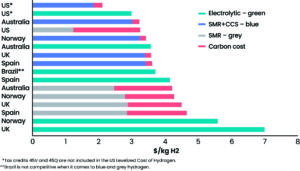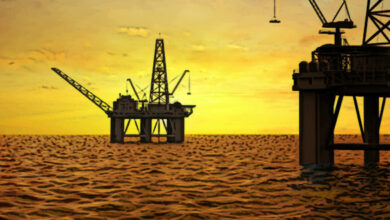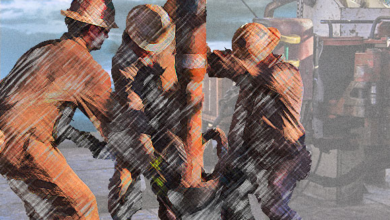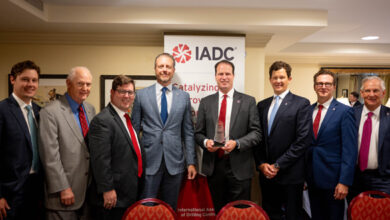Environment, Social and Governance

EU’s emissions levy may set new rules of global trade
The Carbon Border Adjustment Mechanism (CBAM), a policy that will require producers of goods imported into the EU to pay an emissions levy, will likely result in prices rising sharply across several sectors, according to a Wood Mackenzie report.
The impact will be felt globally as countries with existing carbon pricing and/or less carbon-intensive commodities will gain a competitive advantage. The steel industry will be one of the first affected. Within the EU, iron and steel production accounts for 6% of total emissions, and the CBAM will exert greater pressure on both domestic and foreign producers to invest in higher-cost, low-emission technologies.
Wood Mackenzie estimates that costs of the CBAM for finished steel imports into the EU from some key exporters could exceed $275/tonne by 2034. In 2022, the average import price of steel products covered by the CBAM was around $1,450/tonne.
While large-scale hydrogen production is still in the early stages, the report states that the CBAM will provide additional incentive to stimulate imports of low-carbon hydrogen and its derivatives.
“As carbon costs rise, grey hydrogen will eventually become more expensive in terms of levelized cost of hydrogen than the two key low-carbon technologies: green hydrogen, produced by electrolyzing water, and blue hydrogen, produced from natural gas with carbon capture,” said Iván Pérez, Research Analyst on Emissions. “Producers both inside and outside the EU will be forced to look for lower emission routes for producing hydrogen.”
ADNOC greenlights major carbon capture project
ADNOC has announced a final investment decision (FID) to develop one of the largest carbon capture projects in the Middle East and North Africa region. The Habshan carbon capture, utilization and storage project will have the capacity to capture and permanently store 1.5 million tonnes per annum (mtpa) of CO2.
The project will triple ADNOC’s carbon capture capacity to 2.3 mtpa, equivalent to removing over 500,000 gasoline-powered cars from the road per year. The project, to be built, operated and maintained by ADNOC Gas, will include carbon capture units at the Habshan gas-processing plant, pipeline infrastructure and a network of wells for CO2 injection.
Separately, ADNOC also awarded contracts for the Hail and Ghasha Offshore Development project, which aims to operate with net zero CO2 emissions.
Hail and Ghasha are part of Abu Dhabi’s Ghasha Concession, which is set to produce more than 1.5 billion standard cu ft/day of gas before the end of the decade. The project will capture 1.5 mtpa of CO2.
The first EPC contract for the offshore facilities includes facilities on artificial islands and subsea pipelines. It has been awarded to a joint venture between National Petroleum Construction Com-pany and Saipem.
The second EPC contract will deliver the onshore scope, including CO2 and sulphur recovery and handling. It has been awarded to Tecnimont.
APA completes conversions to drive methane reduction
APA Corp recently achieved an ESG goal to convert more than 2,000 pneumatic devices to instrument air or through-valve retrofit in its US operations. The goal was reached three months ahead of schedule and results in an estimated annualized methane reduction of 1,000 tonnes, or 25,000 tonnes of CO2 equivalent.
The company’s bottom-up approach started with an inventory assessment and incorporation of feedback from vendors regarding successful solutions trialed within the industry. Champions in the field were then identified to trial different techniques before implementing them across US onshore operations.
Depending on the situation, they either removed devices entirely, converted methane-driven devices to compressed air, or replaced methane-driven devices with non-vent devices.




